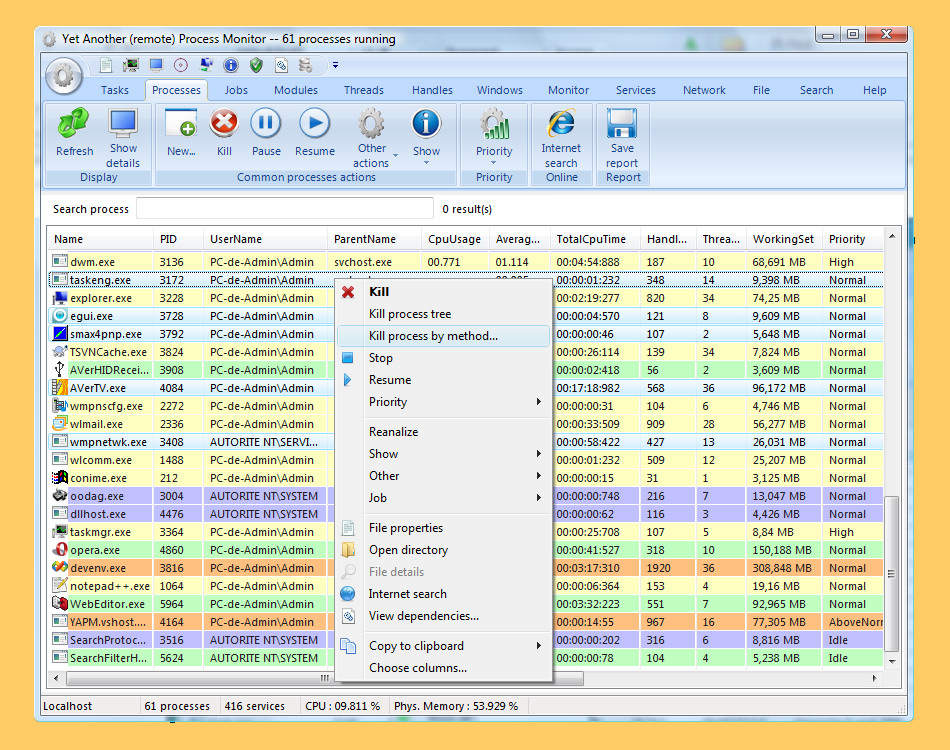
CIP includes an extensive object library to support general purpose network communications, network services such as file transfer, and typical automation functions such as analog and digital input/output devices, HMI, motion control and position feedback. Each CIP object has attributes (data), services (commands), connections, and behaviors (relationship between attribute values and services). CIP allows users to benefit today from the many advantages of open networks and protects their existing automation investments, while providing an extensible and upgradable communication architecture for the future.ĬIP is a media independent protocol using a producer-consumer communication model, and is a strictly object oriented protocol at the upper layers. Supported by hundreds of vendors around the world and truly media-independent, CIP provides users with a unified communication architecture throughout the industrial enterprise. CIP allows users to integrate these applications with enterprise-level Ethernet networks and the Internet.

CIP encompasses a comprehensive suite of messages and services for a broad array of industrial automation applications - including control, safety, energy, synchronization & motion, information and network management. ODVA’s networks - including EtherNet/IP™ and DeviceNet ® among others - all are linked by one of industrial automation’s most versatile communication protocols: the Common Industrial Protocol, known as CIP™.


 0 kommentar(er)
0 kommentar(er)
